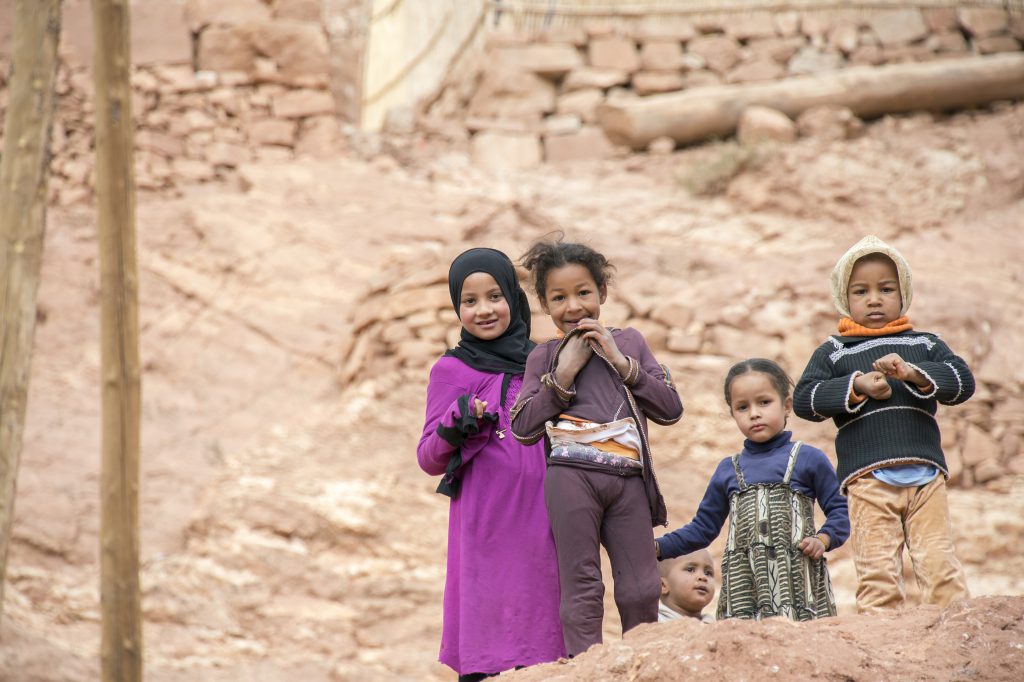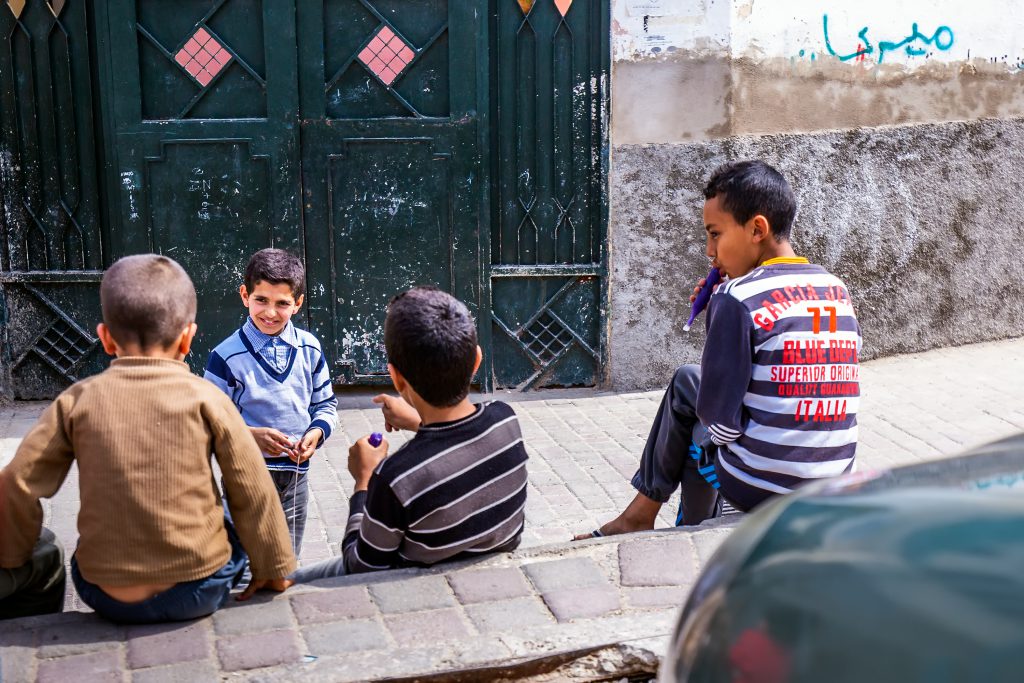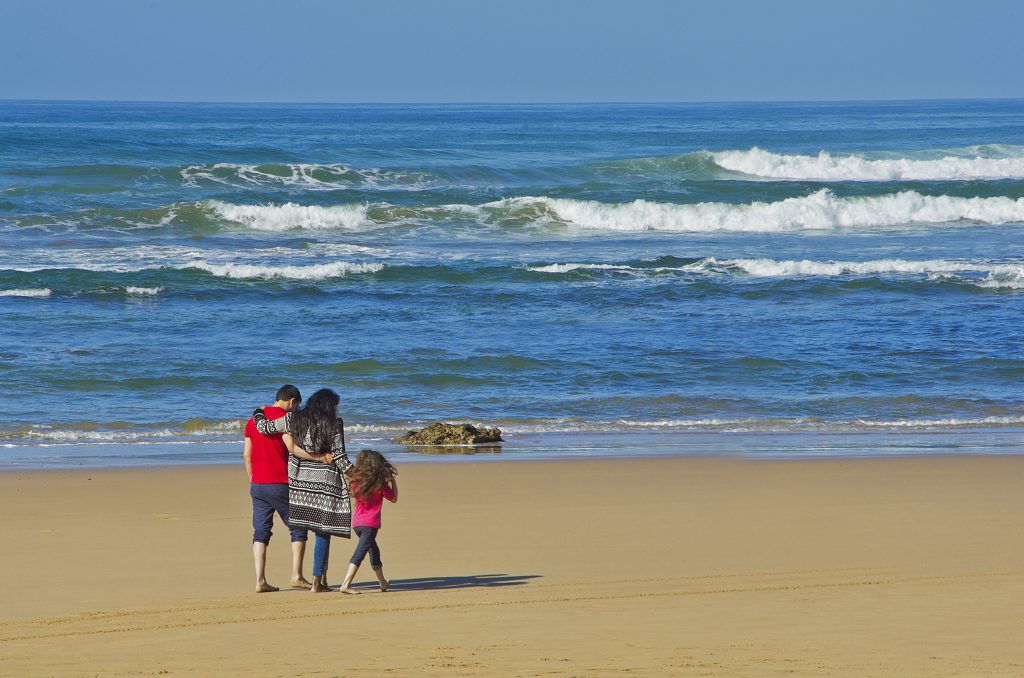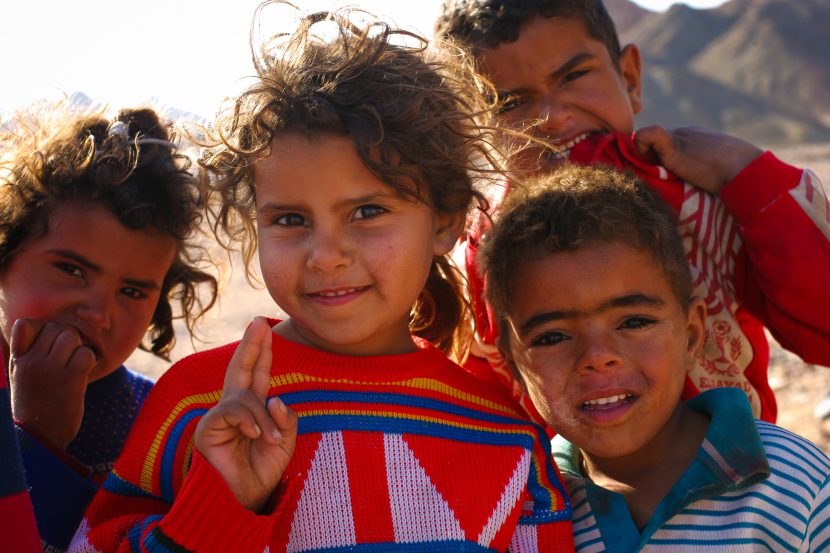In May 2020, UNICEF Morocco released an update on the situation of children in Morocco. This report is not only interesting in terms of its content but also in terms of its structure. Although focused on Morocco, the advice can be applied to other contexts, as can the methodology used to analyse the situation.
An Interesting Approach to the Situation
The Convention on the Rights of the Child is the cornerstone of the protection of children’s rights. It sets out four groups of fundamental rights: the right to development, the right to survival , the right to protection and the right to participate. The report, or Situation Analysis (SitAn) as it is called, covers these four categories, highlighting in particular the right to education in the right to development category and the right to health in the right to survival category (UNICEF, 2020).

In my view, a convention should not be set in stone. It is important for it to be alive, which means that it should adapt to new challenges and to current events, as proposed by the theory of the “living constitution” (Barnett, 2020). While keeping the foundation of the rights contained in the Convention, the SitAn does indeed adapt, by including current issues such as climate change and migrants, whether they are internally displaced persons or migrating to other countries. It is important to take these factors into account, for any country, from the southern hemisphere to the north. Indeed, climate change, accelerated by global warming, affects all countries and populations. The consequent challenges should capture everyone’s attention (Réc20).
In addition to considering the four main categories of fundamental rights and contemporary challenges, this report analyses the situation according to an equity approach. This approach allows us to understand the most important social divides and disparities: between girls and boys, between the rich and the poor, between rural and urban areas (UNICEF, 2020). In particular, this makes it possible to consider the population in all its complexity and thus to better target public policies.
Understanding the causes when setting priorities makes it possible to better adapt proposals for improvement. This report demonstrates the importance of collecting data and having reliable and independent institutions to do so. Indeed, such information demonstrates the efficiency of public policies, which is analysed here, and their impacts. Above all, this allows them to be adjusted or redeveloped to fill a legal, social or political vacuum (De Marcellis-Warin, 2010). The SitAn therefore offers multiple avenues for improvement.
Subdued Progress
Morocco ratified the International Convention on the Rights of Children in 1993. The UNICEF report presents this ratification as a promise to Moroccan children of the country’s commitment to promote and protect their rights and above all, to do everything it can to improve children’s situation. In Morocco, tradition bears a heavy burden and even today, children are considered to be the property of their family (UNICEF, 2020).

Moreover, in 2019 the Moroccan Government approved a bill on the country’s accession to the Covenant on the Rights of the Child in Islam. Although this bill has not yet been finalised, given that the Organisation for Islamic Cooperation has itself requested that the covenant be reworked (Zine, 2019), this shows the importance of the Muslim religion, of its values and of tradition. It could also reinforce traditional family models and in particular the gender roles assigned to parents and children, which would be an obstacle to equal rights for all children, regardless of their sex and their gender (Guessous, 2019).
Nevertheless, efforts to implement new laws and new services are signs of progress. For example, the report cites the increase in the school enrolment rate. Several initiatives are presented, such as “A million school bags”, the Tayssir program and the establishment of a boarding school system. Although welcome, these measures have been hindered by several factors, including the difference in treatment between girls and boys as well as between rich and poor households. To illustrate this point, a girl will be less likely to go to boarding school than a boy, which could prevent her from staying in education. These kinds of complications and obstacles are found in every aspect of the public policies and projects related to children’s rights mentioned in this report.
Challenges to Overcome
Even if the situation improves and actions are taken to protect and to promote the rights of all children, Morocco faces many challenges and violations of children’s rights. Just few days after the UNICEF report was published, several articles were posted online drawing attention to child labor in Morocco. As the report points out, norms evolve slowly, which hinders progress.
The report is built around the challenges that UNICEF has identified for Morocco: early childhood development, adolescents, gender disparities between boys and girls, migrant children, climate change and its impact as well as child-sensitive public finances. Many public policies must therefore be rethought and improved so that Morocco can continue to make progress. One point that links all of its challenges is the importance of stakeholders and their ability to work together and to coordinate.
Public policies are certainly decided by governments, but it is the stakeholders in the field, the administrators, community workers, teachers, paediatricians and all the professionals who work directly or indirectly, in contact or at a distance with children or who implement decisions and programs. Cooperation between these stakeholders is crucial for the implementation of public policies. Through their professions, they are in contact with children. Raising their awareness of children’s rights is key to changing attitudes towards the implementation of children’s rights. They can be the voices that raise awareness among families and children themselves.
Lessons We Can All Learn
The public policies presented here are specific to the Moroccan context, to its traditions and its culture. A public policy that works in one country could have opposite effect in another. However, on reading the report, many of the aspects presented could apply in other situations: gender equality, the integration of migrants, global warming, the social divide between rich and poor, etc. In addition, other countries, especially African countries, are also going through a demographic transition, like Morocco, even if their situations are different (Canning, Raja, & Yazbeck, 2016).
Given that the demographic transition and human capital are linked, it is important to consider public policies for children in order to reduce poverty, illiteracy, and all factors related to human capital (International Bank for Reconstruction and Development/The World Bank, 2018). Working every day to promote and to protect the rights of children means promoting not only the well-being of children but also that of the entire population, now and in the future.

Through its daily struggle, Humanium is committed to a better future. Together, let’s co-create a world where children’s rights are respected, protected and realised.
Written by Juliette Bail
Translated by Sarah Essadi
Proofread by Holly-Anne Whyte
References:
Barnett, R. (2020, mai 19). What is the Difference Between Originalism and Living Constitutionalism? (T. F. Society, Intervieweur)
Bozio, A. (2014). L’évaluation des politiques publiques : enjeux, méthodes et institutions. Revue française d’économie, XXIX(4), pp. 59-85.
Canning, D., Raja, S., & Yazbeck, A. S. (2016). La transition démographique de l’Afrique : dividende ou catastrophe ? Agence Française de Développement, la Banque mondiale.
De Marcellis-Warin, N. (2010). L’expertise scientifique et la prise de décision publique. Atelier INGSA en Conseil scientifique aux gouvernements fonds de recherche du Québec.
Maroc : 200 000 enfants travaillent. (2020, juin 14). Récupéré sur Bladi.


